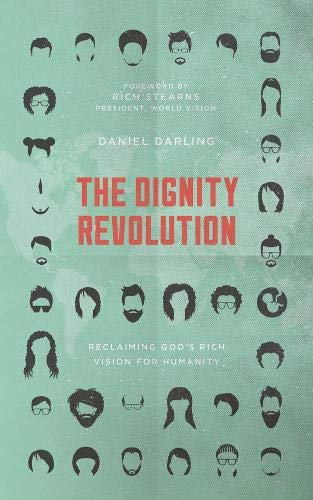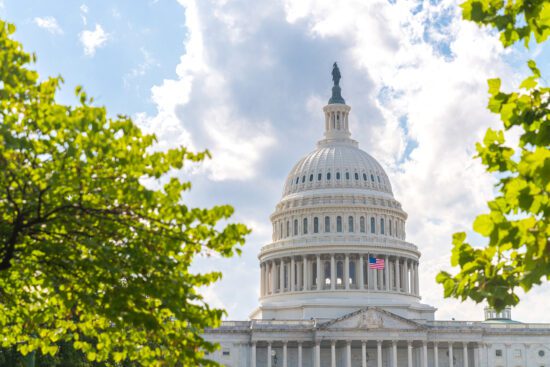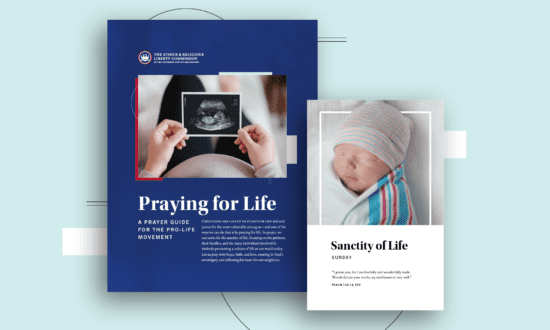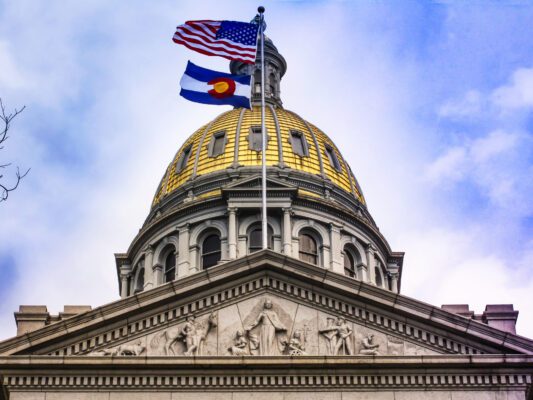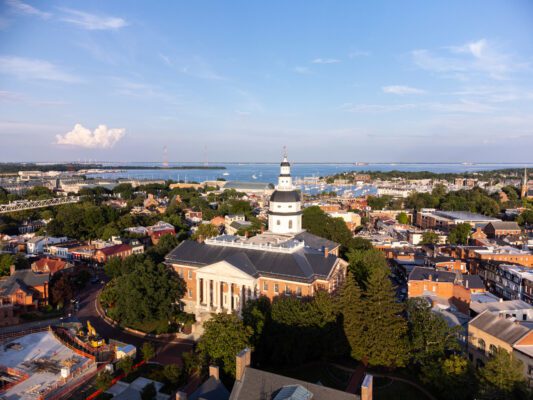Growing up in the San Francisco Bay Area, pro-choice advocates protested and graffitied my church because of our conviction that life begins at conception. As a child, arriving on Sunday to expletives painted all over my church made visible to me the war against human dignity.
Years later we had another protest, but this time it was by Fred Phelps and Westboro Baptist Church. A transgender high schooler in our area had been beaten to death, and Phelps planned to picket his funeral. Westboro celebrated homosexuals burning in hell, so the local newspaper called my dad and asked, “You’re Baptist; they’re Baptist; is this what you believe?”
My dad answered, “No,” and explained his traditional, biblical view of marriage, but said he would never rejoice at anyone’s time in hell. He explained the gospel was good news for everyone, inviting every sinner alike, including my dad, to believe and repent. Outraged by this message, Phelps and his band traveled to our church with repulsive picket signs displaying inappropriate images and slurs.
Once again, I saw a war on human dignity, but this time it was from people who claimed Christ.
Even with my dad’s pro-life example, I didn’t have a theological basis for what I believed, and my application of human dignity was inconsistent. I began to see this and wanted a full-fledged, consistent theology that met the ethical questions of my day and influenced how I treated others. I wish I would have read Daniel Darling’s The Dignity Revolution when I was a young adult, because it does just that in a compelling and thought-provoking way.
The need for a dignity revolution
Assaults on human dignity are not something of the past. Darling writes, “We live in a world of terrible, daily assaults on humans, from war to famine to sexual assault to poverty, from the earliest stages of life to the last” (15). Acknowledging this, Darling calls for “a recovery of the robust Christian doctrine of human dignity” (15). He writes so that everyday Christians will see the inherent dignity in every human being and live accordingly (18).
A theological foundation
Darling begins examining human dignity by considering God’s creation of man in his image, what was lost in the Fall, and what is being restored in Christ. Our dignity is rooted in the fact that we were created by God and is not based on utility—how we resemble him in what we do—but on being made in his image (43).
Though we were created in the image of God, that image was marred by the Fall. But while we are corrupted by sin, “our status as image-bearers always remains intact” (42).
And the good news is that what has been broken is being restored in Christ. The church’s task in that mission is to “announce to image-bearers who have rejected their Maker that he has visited them, defeated sin, death and the grave, and offers restoration to their original God-given purpose of glorifying him” (53). The church proclaims this good news, but is also called to display it in our actions (54).
Exploring the applications
This theological foundation prepares the church to engage the culture around them, including the following issues: racism, abortion, justice systems, immigration, healthcare, work, sexuality, technology, pluralism, and politics. Darling addresses each of these topics in the second section of the book in a thoughtful and convicting way and writes, “at times you will feel validated, and at times you will feel uncomfortable. This is as it should be, for none of God’s people are yet perfect, and all of God’s people are ‘sojourners and exiles’ till Christ returns to renew and restore all things (1 Peter 2 v. 11)” (16).
Grasping who God is, who he created us to be, and the assault on human dignity as an assault on his image and authority as creator allows us to join in the dignity revolution. We can affirm his creation, design, and glory, and can point to him in how we proclaim and display the truth.
Perhaps you value human life and know it begins at conception, but you have never dug deeper to understand why or to apply it across other issues. Or perhaps you have a theology of the imago Dei and human dignity but are considering how to better engage others around you and point to Christ. Either way, this book is for you.



